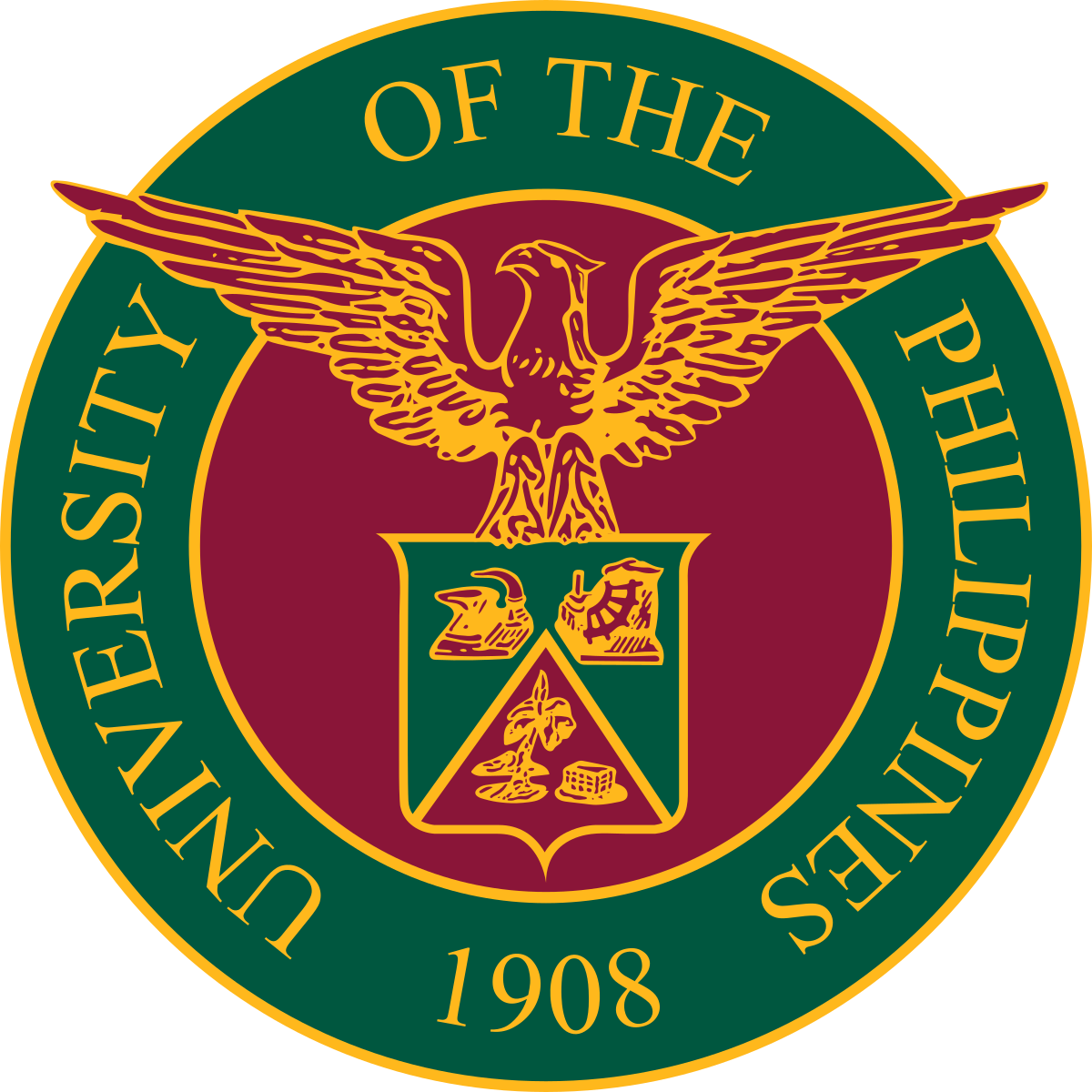Publications
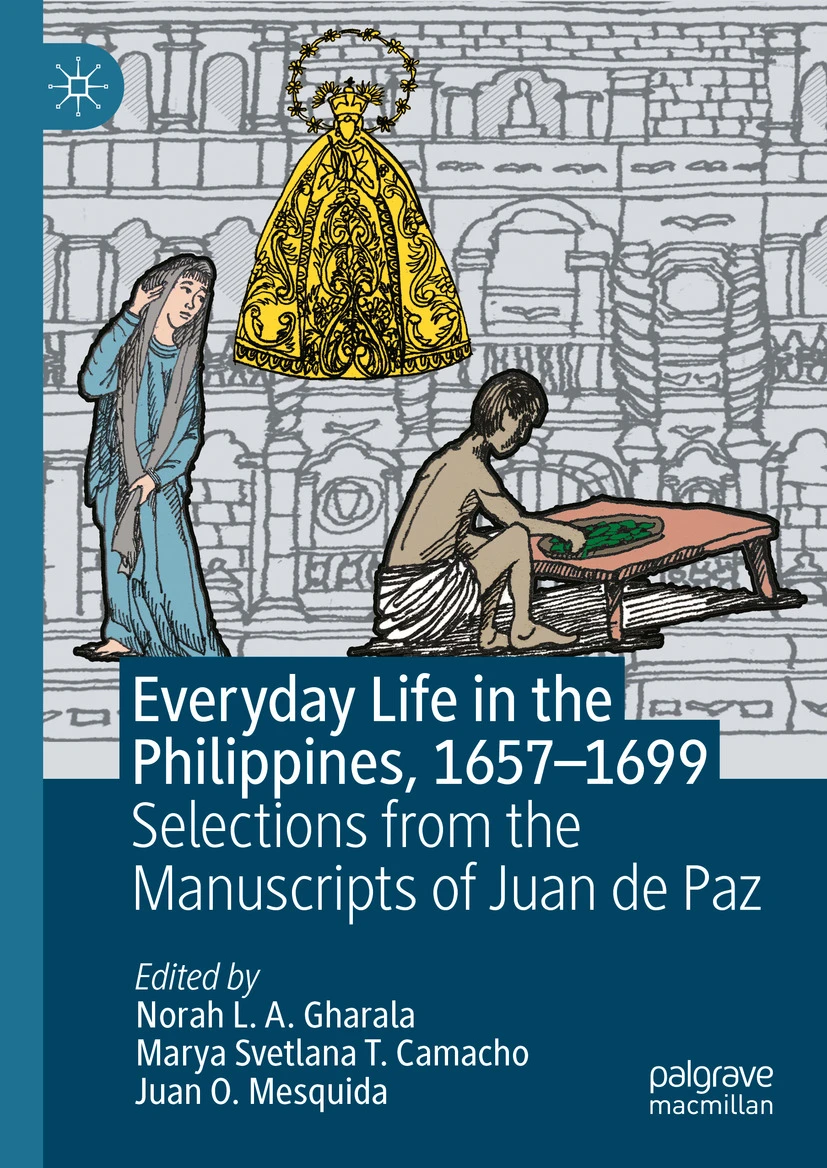
Optics, Illusions, and Historical Philippine Populations
In this consulta, the jurist Juan de Paz OP responds to a combination of queries from Luzon’s southernmost coast dated 1663, that is, within the first century of colonial rule in the Philippine archipelago. In one query, a missionary consults Paz about one provincial governor’s request that the priest commit fraud in his count of his parish’s tributary population. In a second query, a missionary accidentally mixed-up the ritual oils he applied and wonders whether he should redo a sacrament. Although seemingly disparate, in both cases Paz and his priestly correspondents candidly reflect on the fragility of their representations of less-than-self-evident truths to colonial audiences, adopting a tone in contrast with the adamance of their opinions better-known in the historiography. In this essay, the opacity with which early missionaries managed their articulations in oil and ink in the face of their less-than-credulous indigenous parishioners helps the reader problematize both our present engagement with colonial archives for information about the past as well as our own scholarly abstractions about the past-as-lived by our subjects into a history-as-valued by present audiences.

Wills of the Dead: Inheritance and Other Legacies in Early Modern Philippines
The death of a person and its consequences provide an opening to the social and cultural life of the society where that person belonged. In Spanish-era Philippines questions about the dead’s will and the legacies they leave behind give a glimpse about their networks, relationships, and beliefs in colonial society. This chapter is based on three documents that deal with Juan de Paz’s responses to consultations about distant relatives’ entitlement to inheritance, a dead woman’s slave, and the payment of debt to a dead creditor’s compulsory heirs. Though diverse, these consultations all revolve around the legacy of the dead and the ties they had made in their lifetime. The questions examine how the death of different persons impacts those ties. This chapter will discuss the context of these documents in seventeenth-century Philippines for a better understanding of the questions raised in the consultations. In particular, the essay will give a background on slavery in the Philippines, women’s property, and the Catholic custom of offering masses for the dead.
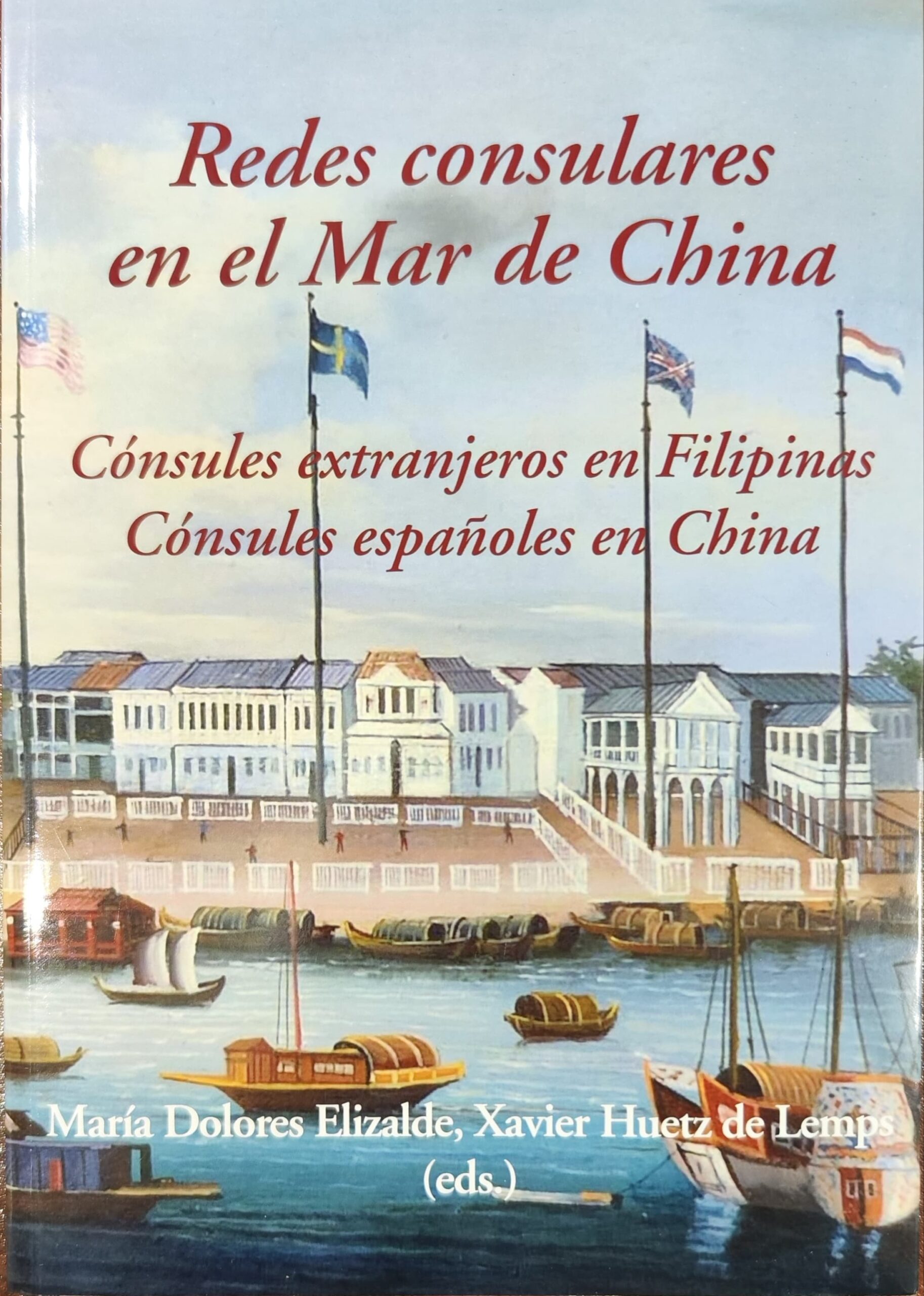
Navigating Legal Frontiers: Spanish consulates in Singapore and Hong Kong in the second half of the nineteenth century
This paper explores the challenges faced by Spanish consuls in Singapore and Hong Kong as they navigated diplomatic and jurisdictional complexities within British colonial rule in the nineteenth century. Tasked with representing Spanish interests beyond the Philippines, consuls encountered difficulties in asserting authority over Spanish subjects due to extraterritorial limitations and conflicting legal frameworks. Through three case studies from 1864 to 1876, this study examines disputes over Spanish jurisdiction, diplomatic complaints, and efforts to reclaim deserters, highlighting the legal and geopolitical tensions involved. By analyzing archival records and diplomatic correspondences, the paper sheds light on the broader dynamics of colonial governance and Spain’s strategic maneuvers in Southeast Asia. Ultimately, it underscores the intricate interplay between consular authority, imperial expansion, and jurisdictional contestation in a rapidly shifting colonial landscape.

Colonias Entrelazadas: Filipinas y el Establecimiento de los Consulados Españoles en Singapur y Hong Kong en la Segunda Mitad del Siglo XIX
This study examines the role of Spanish consulates in Singapore and Hong Kong during the 19th century, highlighting their function as agents of interaction within a context of growing interconnection in Southeast Asia. Through the analysis of archival documents from the Archivo Histórico Nacional in Madrid, the research seeks to answer several key questions: When, how, and why were Spanish consulates established in Singapore and Hong Kong? How were these consulates connected to the Philippines, Spain’s closest colony in the region? Who were the consuls, vice-consuls, and agents appointed to these British-controlled territories? What were their main activities, concerns, and the issues addressed in their reports and correspondence? Additionally, the study examines the relationship between these consulates and the authorities in Manila and Madrid, revealing tensions between the perspectives of consuls on the ground and the decisions made by the central administration.

Indigenous Landowners in the 17th-century Philippines.
This paper seeks to examine notions of indigenous land ownership through notarial records of land sales and claims in the Philippines in the 16th and 17th centuries. These records include the procedure by which natives proved the ownership of lands they were selling and their reasons for the sale. Before land could be sold or alienated, a probe on ownership was done to ensure that the rightful owners were making the sale or the land being claimed was not owned by anybody. In the absence of land titles, witnesses, other natives from the same town or neighboring areas, were invited to provide their testimony about the owner of the land and how it was used. Ideas of land use and ownership that the natives practiced presumably before the advent of colonialism can be drawn from these records. The paper will give tentative conclusions about land ownership by native Tagalogs in the early colonial era in the process of transitioning into a colonial society.
Land ownership
17th century
land dispute
land sale
Philippines
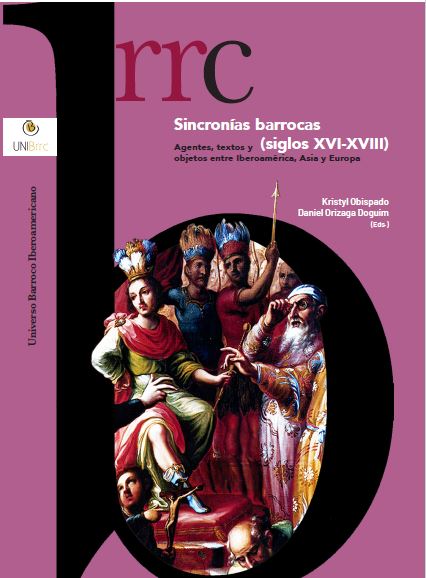
Lo que entra por la boca no hace daño al alma: food, sailors, and the seventeenth-century Spanish Pacific
By focusing on food, the present study explores the connection between a Pacific sailor’s body, intercontinental exchanges, and the Spanish empire’s mechanisms of control in the seventeenth century. The first part discusses how food as tribute, gift, or commodity facilitated trade and exchanges among the Philippines, New Spain, and Spain. Further, it tackles the transformation of the sailors’ bodies as they traveled from one location to another, as the food became abundant, rotten, or scarce. The last part examines how food functioned as the Spanish empire’s instrument of inclusion or exclusion of its royal workers. For the sources, it used two seventeenth-century travel accounts specifically focused on the Manila- Acapulco journey: one by the famous Italian traveler Gemelli Carreri and the other by a Manila creole named Diego Lopez, who served as a page at the young age of fourteen. It also consulted archival documents from Archivo General de la Nación de México (AGNM), especially the bundle titled Archivo Histórico de Hacienda (AHH), which contained information regarding efectos y víveres (stocks and provisions) loaded to the ships. Lastly, it utilized inquisitorial records of foreign sailors accused of heresy.
Sailors’ food
seventeenth century
Pacific sailor
heresy
Spanish empire

Cabecilla principal de sangleyes and Chinese immigration in the late- eighteenth century Philippines
This paper explores the important roles of the cabecilla principal de sangleyes (also called capitan chino)—the highest leader of the Chinese community in Manila—in the recruitment, transportation, and employment of Chinese immi- grants in the Philippines during the late eighteenth century. Using the experi- ences of cabecillas principales Nicolas Quito and Bartolome Pitco and framed within the political and socio-economic milieus of the period, it describes and analyzes (1) the need for the Spanish colonial government to use these Chinese
community leaders in bringing new immigrants into the colony; (2) the factors that made them the most suitable “immigration agents”; and, (3) the benefits that they and the colonial state obtained from such conscription and migration arrangements. Comparisons are made between these two cases, especially as Quito spearheaded the migration process while the Chinese immigration ban was still in effect. In contrast, Pitco did it when the Chinese were again allowed to return to the islands. This paper aims to contribute to a better understanding of the Chinese community and its leaders, colonial administration and various aspects of Philippines-China relations during the early colonial period.
community leaders in bringing new immigrants into the colony; (2) the factors that made them the most suitable “immigration agents”; and, (3) the benefits that they and the colonial state obtained from such conscription and migration arrangements. Comparisons are made between these two cases, especially as Quito spearheaded the migration process while the Chinese immigration ban was still in effect. In contrast, Pitco did it when the Chinese were again allowed to return to the islands. This paper aims to contribute to a better understanding of the Chinese community and its leaders, colonial administration and various aspects of Philippines-China relations during the early colonial period.
Chinese laborers
cabecilla principal
immigration
Manila

Paramount Yet Frontier: A Historiographical Appraisal of Select 18th-Century Philippine Geological Disasters
This study is a historical and historiographical evaluation of select eighteenth-century Philippine geological disasters: the 12 January 1743 Tayabas and Laguna de Bay earthquake and the 02 June-12 December 1754 Taal Volcano eruption. Using archival chronicles and historical studies, it analyzes how these two geological phenomena can be contextualized in the larger world of the eighteenth century. It also argues that the meanings emanating from these disasters and their interpretations constitute the complexities of historical studies on calamities and catastrophes. Finally, it attempts to present an exploratory comparison with their contemporary geological disasters: the 01 November 1755 Lisbon earthquake in Portugal and the 29 July 1773 Antigua Guatemala/Santa Marta earthquake in Guatemala. Albeit proportionate in terms of sheer strength and gravity of destruction to human communities, the Philippine disasters seem remote not only because of the archipelago’s geographic location in reference to the center of the Spanish empire but also of the way they are mounted as historical disasters – they are paramount yet frontier – colossal yet they occurred in the fringes.
Earthquakes
volcanic eruptions
eighteenth-century Philippines
historical disasters
Philippine colonial history
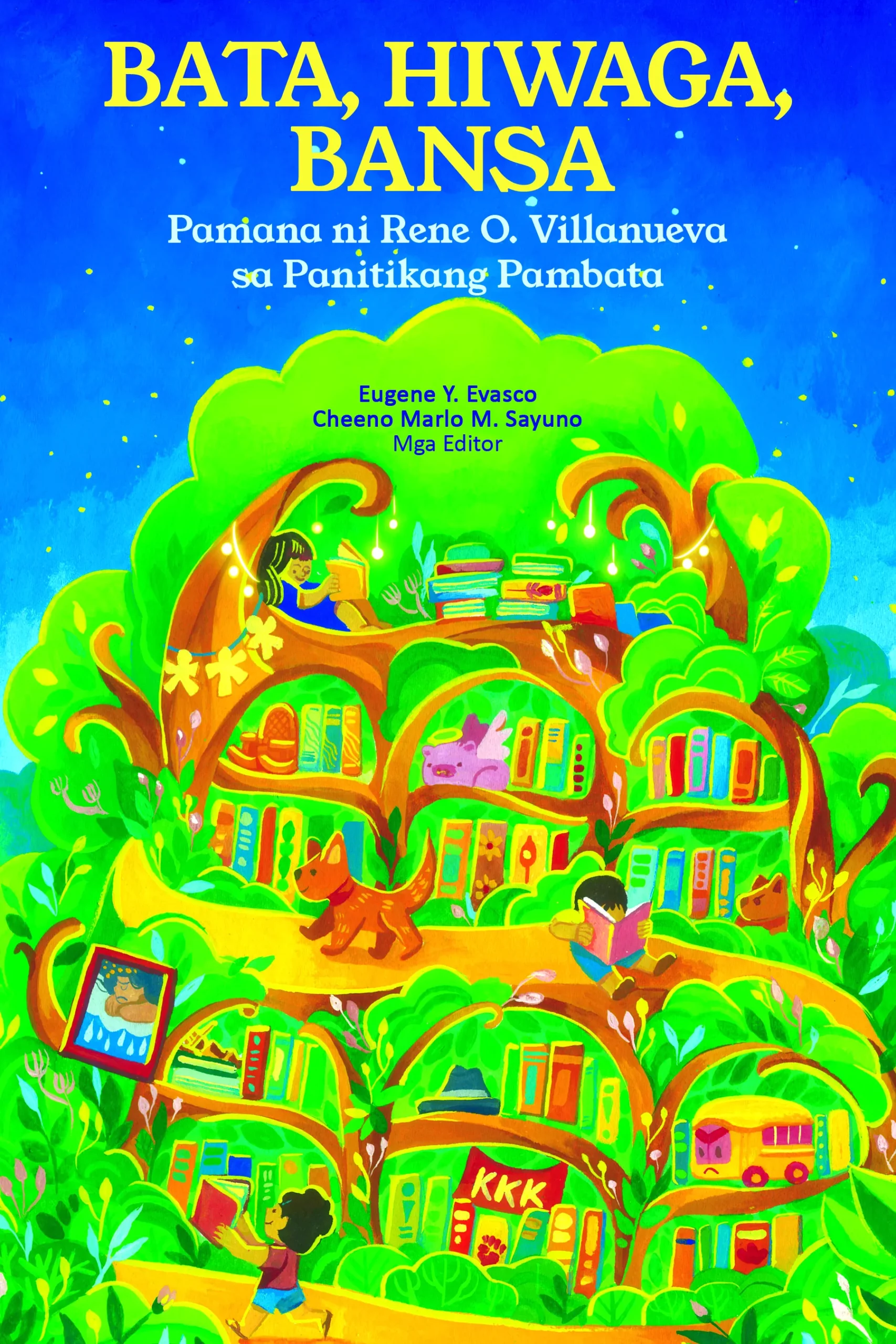
Si Rene O. Villanueva sa Panimulang Yugto ng Pag-akda para sa Bata, 1977-1986
Isinalaysay ng kabanatang ito ang pagsibol ng interes at pagpapanday ng kasanayan ni Rene O. Villanueva sa pagsulat ng panitikang pambata mula 1977 hanggang 1986. Maliban sa personal na buhay at pagkatha ni Rene, ipinopook din ng pag-aaral na ito ang mga pangyayari sa mas malawak na kaligirang pangkasaysayan-- ang diskurso ng pagkabata at pagkabansa, ang pulitika ng wika at malikhaing produksyon, at ang pag-akda sa panahon ng diktadura.
Rene Villanueva
panitikang pambata
kasaysayang pampanitikan
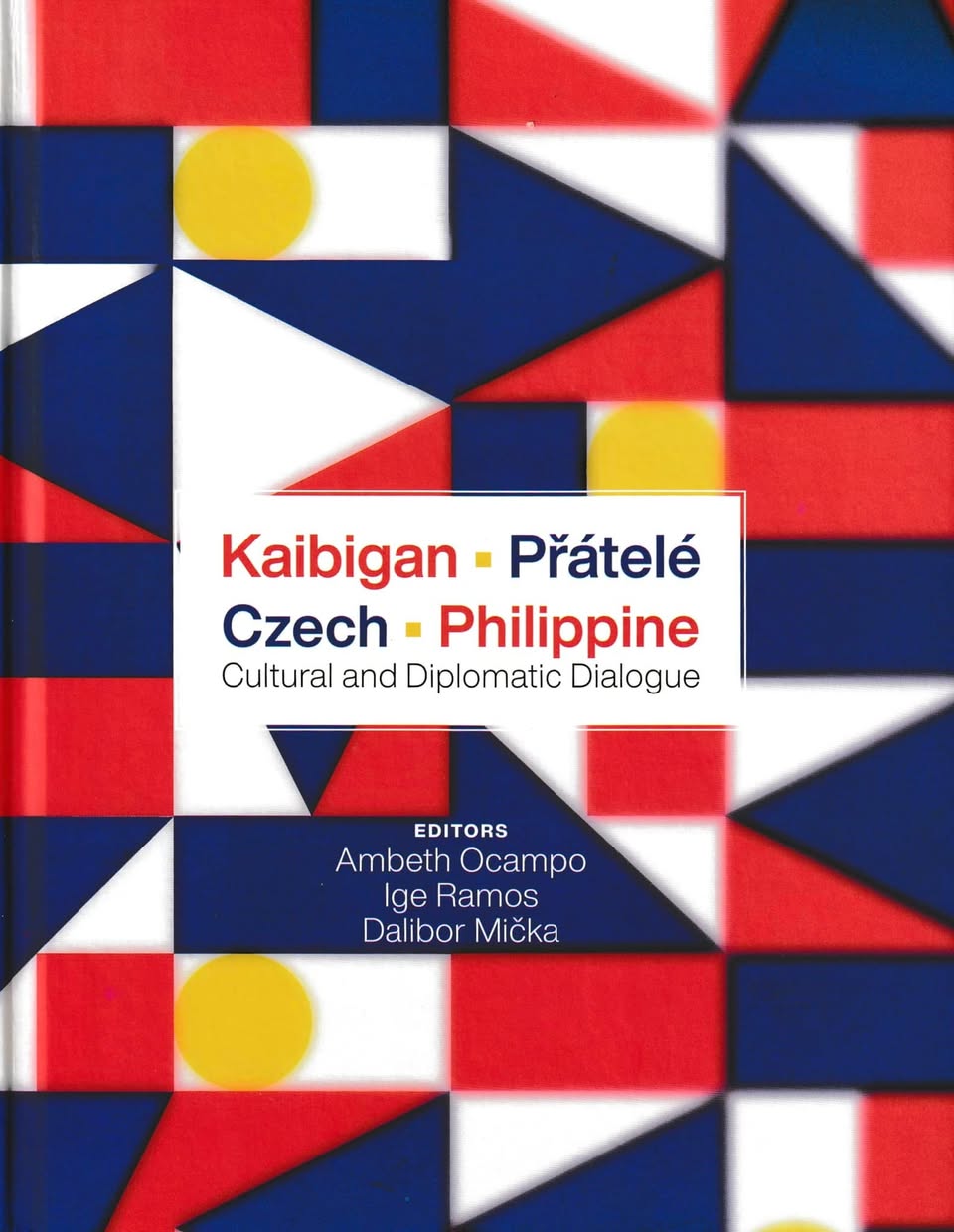
The Czechs in the Philippines in World War II
The Czech community in the Philippines just prior to World War II was a small but intimate group. There were but a handful of old-timers, mostly businessmen and their families. Most recent arrivals of Czech Jews, refugees from Hitler's forcible occupation of Czechoslovakia. At least one had arrived from China, a refugee from the Sino-Japanese conflict. The group were employees of the Bat'a Shoe Company, working in the head office, retail outlets or the shoe factory, all in Manila. It was relatively young community, with most in their thirties or younger.
Manila at that time was a vibrant, cosmopolitan city full of promise. The Philippine Commonwealth government had been inaugurated in 1935, and prospects for a mutually beneficial relationship between the Philippines and Czechoslovakia were bright.
Manila at that time was a vibrant, cosmopolitan city full of promise. The Philippine Commonwealth government had been inaugurated in 1935, and prospects for a mutually beneficial relationship between the Philippines and Czechoslovakia were bright.
| Title | Book | Faculty Involved | Keywords | Year |
|---|---|---|---|---|
| The Diorama Experience of Philippine History | The Diorama Experience of Philippine History | Jely A. Galang, Ph.D., Rhodalyn C. Wani-Obias, Ph.D., Janet S. Reguindin-Estella, Ph.D., Francisco Jayme Paolo A. Guiang | 2025 | |
| At gayon ma’y gumagalaw Modernong kaalaman, pulitikang kolonyal, at ang 'Trial of Galileo' ni Juan Luna | The Filipino worldview through art, images, and objects. From indigenous cultures to the 19th century | Emmanuel Jayson V. Bolata | Juan Luna, Trial of Galileo, Propaganda Movement, Filipino enlightement, Juicio a Galileo, Galileo, Movimiento de propaganda, Ilustración filipina | 2025 |
| Inventing a People. Distorting the Images of Macabebe, 1899 | The Filipino worldview through art, images, and objects. From indigenous cultures to the 19th century | Ian Christopher B. Alfonso, Ph.D. | José de Olivares, Aztecs, Macabebe Scouts, Tinguians, Emilio Aguinaldo, Aztecas, Exploradores macabebe, Tinguianos | 2025 |
| Independence and Public Health: Technologies of Rule in the Colonial Philippines, 1900–1930s | Dreams of Prevention and Control: Policing and Public Health in Colonial Asia | Ma. Mercedes G. Planta, Ph.D. | 2025 | |
| Indigenous datus' Constructions of Colonial Enslavement in the Philippines of Spain's Transpacific West | The Routledge Companion to Race in Early Modern Artistic, Material, and Visual Production | Nicholas Michael C. Sy | 2025 | |
| Bridging Science and Local Knowledge/Perception: A Case Study of Manila Bay Coastal Provinces (Philippines) After the 1988 Red Tide Episode | Scientists and the Establishment of a Mass Environmental Awareness (1950-1990) | Ma. Luisa De Leon-Bolinao, Ph.D. | 2025 | |
| A Woman, a Certain Sora | More Pinay Than We Admit 2: The Filipinas Emerges from the Margins | Maria Serena I. Diokno, Ph.D. | 2025 | |
| Road to Political Empowerment: Women’s Organizations and the Fight for Suffrage (1905-1937) | More Pinay Than We Admit 2: The Filipinas Emerges from the Margins | Janet S. Reguindin-Estella, Ph.D. | 2025 | |
| Sweet Hopes and Delightful Longings”: Motherhood in Early Twentieth Century Philippines. | More Pinay Than We Admit 2: The Filipinas Emerges from the Margins | Rhodalyn C. Wani-Obias, Ph.D. | 2025 | |
| Illegal Immigration and Chinese Transnational Networks in Southern Philippines, 1850–1898 | Transnational Southeast Asia: Communities, Contestations and Cultures | Jely A. Galang, Ph.D. | Chinese, Philippines, Illegal migration, Sulu, Mindanao | 2025 |
| Optics, Illusions, and Historical Philippine Populations | Everyday Life in the Philippines, 1657–1699 | Nicholas Michael C. Sy | 2025 | |
| Wills of the Dead: Inheritance and Other Legacies in Early Modern Philippines | Everyday Life in the Philippines, 1657–1699 | Grace Liza Y. Concepcion, Ph.D. | 2025 | |
| Navigating Legal Frontiers: Spanish consulates in Singapore and Hong Kong in the second half of the nineteenth century | Redes Consulares en el Mar de China. Cónsules extranjeros en Filipinas Cónsules españoles en China | Ros A. Costelo, Ph.D. | 2024 | |
| Colonias Entrelazadas: Filipinas y el Establecimiento de los Consulados Españoles en Singapur y Hong Kong en la Segunda Mitad del Siglo XIX | Cónsules e Imperios El establecimiento de consulados extranjeros en las Filipinas del Siglo XIX | Ros A. Costelo, Ph.D. | 2023 | |
| Indigenous Landowners in the 17th-century Philippines. | 1521 Revisited: The Quincentennial Commemorations in the Philippines, volume III, 184-200 | Grace Liza Y. Concepcion, Ph.D. | Land ownership, 17th century, land dispute, land sale, Philippines | 2023 |
| Lo que entra por la boca no hace daño al alma: food, sailors, and the seventeenth-century Spanish Pacific | Sincronías Barrocas (Siglos XVI-XVIII): Agentes, textos y objetos entre Iberoamérica, Asia y Europa | Kristyl N. Obispado, Ph.D. | Sailors’ food, seventeenth century, Pacific sailor, heresy, Spanish empire | 2023 |
| Cabecilla principal de sangleyes and Chinese immigration in the late- eighteenth century Philippines | Sincronías Barrocas (Siglos XVI-XVIII): Agentes, textos y objetos entre Iberoamérica, Asia y Europa | Jely A. Galang, Ph.D. | Chinese laborers, cabecilla principal, immigration, Manila | 2023 |
| Paramount Yet Frontier: A Historiographical Appraisal of Select 18th-Century Philippine Geological Disasters | Sincronías Barrocas (Siglos XVI-XVIII): Agentes, textos y objetos entre Iberoamérica, Asia y Europa | Kerby C. Alvarez, Ph.D. | Earthquakes, volcanic eruptions, eighteenth-century Philippines, historical disasters, Philippine colonial history | 2023 |
| Si Rene O. Villanueva sa Panimulang Yugto ng Pag-akda para sa Bata, 1977-1986 | Bata, Hiwaga, Bansa: Pamana ni Rene O. Villanueva sa Panitikang Pambata | Emmanuel Jayson V. Bolata | Rene Villanueva, panitikang pambata, kasaysayang pampanitikan | 2023 |
| The Czechs in the Philippines in World War II | Kaibigan-Prátelé: Czech-Philippines | Ricardo T. Jose, Ph.D. | 2023 | |
| Surviving Obscurity: An Inquiry into the Malisbong Massacre (1974–2013) | The Marcos Years: The Age of Crisis and Repression | Lorenzo Jose C. Martinez | 2023 | |
| To Struggle and Triumph: Maria Cristina V. Rodriguez’s Life during the Martial Law Years | The Marcos Years: The Age of Crisis and Repression | Francisco Jayme Paolo A. Guiang | 2023 | |
| Introduction: Storytelling and Academic Study: Toward a Memory of Dictatorship | The Marcos Years: The Age of Crisis and Repression | Ferdinand C. Llanes, Ph.D. | 2023 | |
| Foundations of Philippine Environmentalism: Science, Citizenship, and Nationhood | Philippine Studies: Plural Entanglements | Ruel V. Pagunsan, Ph.D. | 2023 | |
| Textiles and Other Trade Goods: The Philippines in the Sixteenth-Century Global Trade | Philippine Studies: Plural Entanglements | Kristyl N. Obispado, Ph.D. | 2023 | |
| Emergence of "Undesirable" and "Proletariat" Chinese in the Nineteenth-Century Philippines. | Philippine Studies: Plural Entanglements | Jely A. Galang, Ph.D. | 2023 | |
| The case of the dead sailors and the things they left: A microhistorical analysis of the Carrera del Pacífico in the sixteenth century | Europa y América: el mar y la primera globalización, Colección Historia Medieval y Moderna | Kristyl N. Obispado, Ph.D. | Carrera del Pacífico, dead sailors, microhistory, labor, global trade goods | 2023 |
| Rizal’s Project: Historical Reconstruction of the Philippine Past | 1521 Revisited: The Quincentennial Commemorations in the Philippines Volume 2 | Kerby C. Alvarez, Ph.D. | 2023 | |
| Populist authoritarianism against the ‘Firewall’ of rights and due process | The Volatility and Future of Democracies in Asia | Maria Serena I. Diokno, Ph.D. | 2022 | |
| Colonial Civil Engineers and the Inspección General de Obras Públicas 1866-1898 | Transforming the 19th Century Philippines | Ros A. Costelo, Ph.D. | 2022 | |
| Lunas ng Taong-Labas sa Kontemporanyong Panahon: Ang Tawak at Tandok ng Marinduque | Taong-Labas: Ang Tulisan, Remontado, at Vagamundo sa Kasaysayan at Kalinangang Pilipino | Emmanuel Jayson V. Bolata | Marinduque, Tawak, Tandok, Lala, Bisa | 2022 |
| Protestante Man, Lumaban Din: Ang Paninindigan ng Convention of Philippine Baptist Churches (CPBC) Laban sa Diktadurang Marcos | Taong-Labas: Ang Tulisan, Remontado, at Vagamundo sa Kasaysayan at Kalinangang Pilipino | Kristoffer R. Esquejo, Ph.D. | 2022 | |
| Ati, Bukidnon, at Agraviados: Ang Taong-Labas at Paglikha ng Panghimagsikang Tradisyon sa Isla ng Panay | Taong-Labas: Ang Tulisan, Remontado, at Vagamundo sa Kasaysayan at Kalinangang Pilipino | Vicente C. Villan, Ph.D. | 2022 | |
| Disease, Death, and Destruction: Dante and Boccaccio's Second Coming and Interstices of Filipino Reception | Himaya: Panitikan ng Pagbabanyuhay | Emmanuel Jayson V. Bolata | Dante, Boccaccio, Filipino reception, COVID-19, loob | 2022 |
| Policing the Chinese: tenientes Mayores de Chinos and ‘Undesirable’ Chinese in the Philippines, 1870-1898 | Philippines–China Relations at 45 During the COVID-19 Pandemic: New Discoveries, Recent Developments, and Continuing Concerns | Jely A. Galang, Ph.D. | 2021 |


